There are many things in Tibet that most parts of the world find strange and intriguing. Probably one of the strangest, yet most beautiful, things to come out of this remote region of China is the Tibetan Butter Sculptures.
What are Butter Sculptures
Made from Tibetan Dri butter – the dri is the female yak – they are sacred offerings, molded by hand and decorated in the most colorful ways imaginable. In a variety of sizes – from a few centimeters to several meters – these delicately ornate sculptures are often displayed in monasteries and temples throughout Tibet. Butter has always been highly valued in Tibetan culture, and its malleable qualities and availability make it the ideal medium for sculptures. Making them requires a great deal of skill gleaned through years of practice. It is a unique art that has been handed down through the centuries.
History of Butter Sculpture
Butter sculpture started in Tibet in the Ming Dynasty, around 1409 AD. The exact origin of butter sculpture, also known as “Tsepdro” or “Torma”, is shrouded in myth. There are two current versions of how it began. In the first, it is believed that when Princess Wenchang brought the statue of the young Sakyamuni to Tibet, and the monks wanted to present them with flowers. However, in the cold, winter landscape, no flowers could be found, so one of the monks carved the flowers out of frozen butter.
The other version tells of how Tsongkhapa won in a grand religious debate, and dreamed of withering plants that turned into flowers and thorns that turned into lamps with countless diamonds shining in their depths. After he woke he started the lamas working on a visualization of his dream, and the pavilions, flowers and jewels created by the monks amazed all who saw it. The practice of the creation of the dream has since become the butter sculpting. But whichever is the true version, or the real origin, the tradition has followed for centuries, and still endures today, where the traditional torma are still made from dri butter in beautiful and colorful sculptures.
Types of Butter Sculpture
There are many types of butter sculptures in Tibet, although the most popular designs are:
Flowers – These are traditionally mounted on wooden plaques set in a wood box
Tashi Dargye – The eight Auspicious Symbols in Tibetan Buddhism
Norbu Kagyi – Also known as “the precious jewel”
Thunpa Punshi – The four harmonious friends- Elephant, Monkey, Rabbit, and Bird
Tsering Drukor – The six elements that represent longevity- old man, river, crane, deer, tree, and cliff
Nyima Dawa – The sun and the moon
The tormas represent different things, and the normal variations of tormas are:
Deity Tormas – Normally kept on a shrine and are representative of a particular tantric deity. In style they can be very simple, for the peaceful deities, or very complex, for the semi-wrathful deities.
Food Tormas – Usually used in the practice of feasts and are often partially consumed by the religious practitioners, while the leftovers are offered to lower people after being blessed.
Offering Tormas – These are made for offerings to deities, Dharma protectors, obstructive spirits, and other beings. The tormas for the obstructive spirits are often known as “gektor”.
Medicinal Tormas – Tormas in medicine are used to extract the sickness from the patient into the body of the torma, and are then thrown away.
Captured Tormas – These are normally used to speed up the completion of an activity or project. The torma is planned to be offered after the completion of the activity, which encourages speedy and successful completion.
Inner, Secret, and Very Secret Tormas – The practice of meditation with the visualization of a deity is considered a spiritual form of torma offering, although no physical torma is used.The offering of your internal, emotional and mental experiences are also forms of non-physical torma offerings.
How to make Butter Sculpture
The art of making the butter sculptures has been around for centuries, and is still practiced by many of the Tibetan monks. They can be small and intricate or huge and impressive, but all are still made in the same way.
To make the sculptures involves a lot of complex sculpting and hard work. First, make the frames, normally from bamboo sticks and robes. The second step is to combine the previous butter sculptures with grass flax and pound them until they are stiff enough to sculpt into a form. Next, mix some white butter with the mineral pigments used for coloring. This is then used to paint the sculptures. Once they are complete, place them on the stands where they will be displayed.
To prevent the butter from melting, the monks are forced to make the sculptures in freezing cold temperatures, and they regularly dip their hands into ice-cold water to keep them cold. The whole process is time-consuming, challenging, and demanding, both physically and artistically. While most of the sculpting is done by hand, they do use a few tools, for the more intricate work.
The devotion that goes into making the sculptures shows the loyalty of Buddhists to their most revered spiritual icon, and many sculptors suffer frostbite after the months of work that goes in the sculptures.
Tibetan Butter Lamp Festival
The butter lantern festival, at Jokhang Temple in Lhasa, traditionally falls on the 15th day of the first Tibetan month, and signifies the end of the Tibetan New Year celebrations. It is a part of the Monlam Prayer Festival week, and is the last day of the commemoration festival of the Buddha’s miracles. During the day, the people pray in the temples, with colorful sculptures all around.
Butter lanterns are lit in the evening, with sculptures in the image of deities, plants animals and people. The lanterns range from small, conical shaped lanterns with plate-style decorations to massive structures that can be two or three stories high.
The event can last for several days, and is one of the happiest festivals in Tibet. In Lhasa, the festival is held in front of Jokhang Temple, and in Barkhor Street, where the sheer volume of lanterns turn night into day. The festival is enhanced by puppet shows, butter sculpture exhibitions and the Buddha Dance. At this time of year, Barkhor Street is the most dynamic place in Tibet, full of eye-catching works of art.
.jpg)



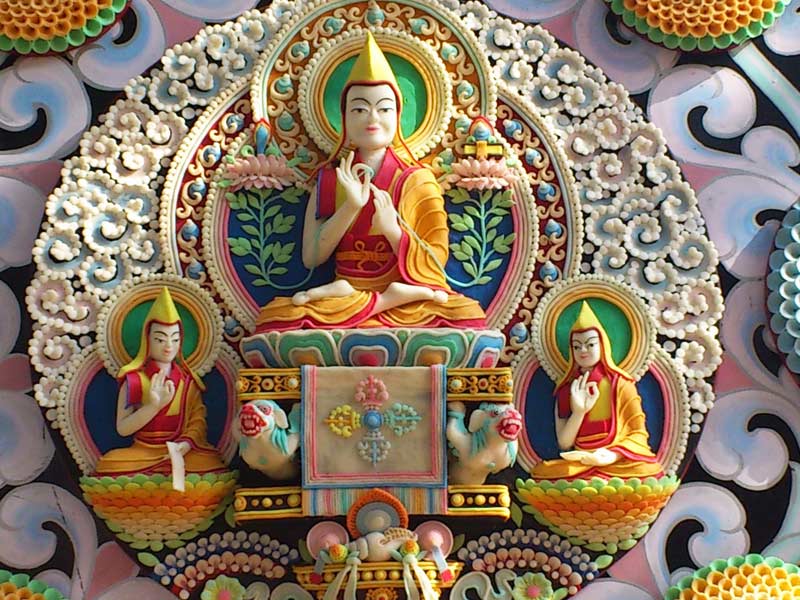
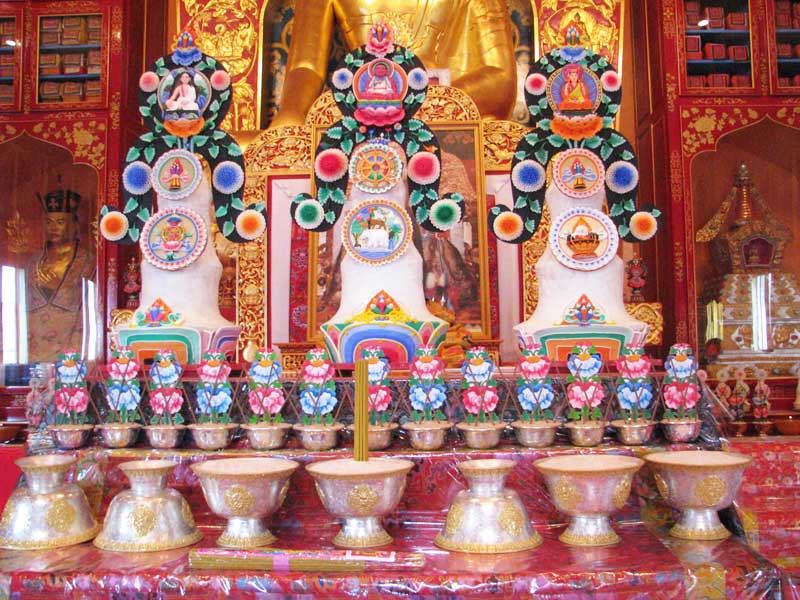
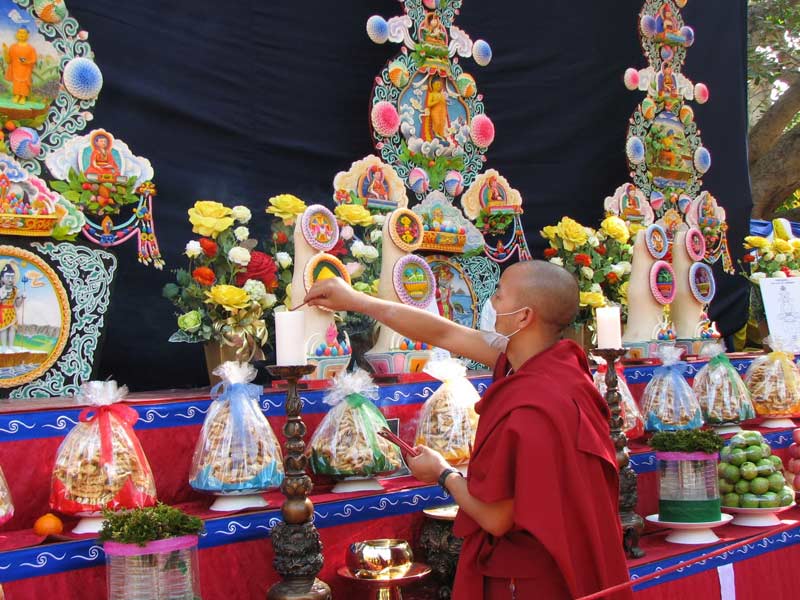

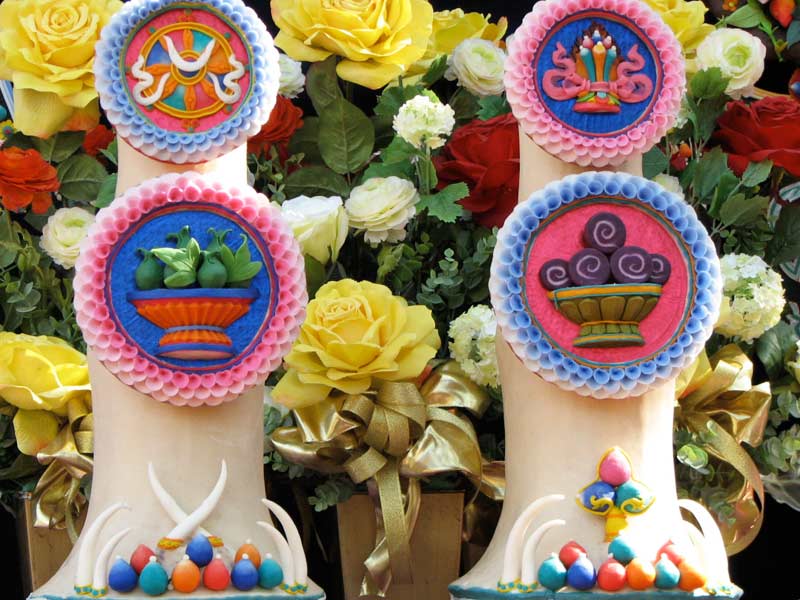
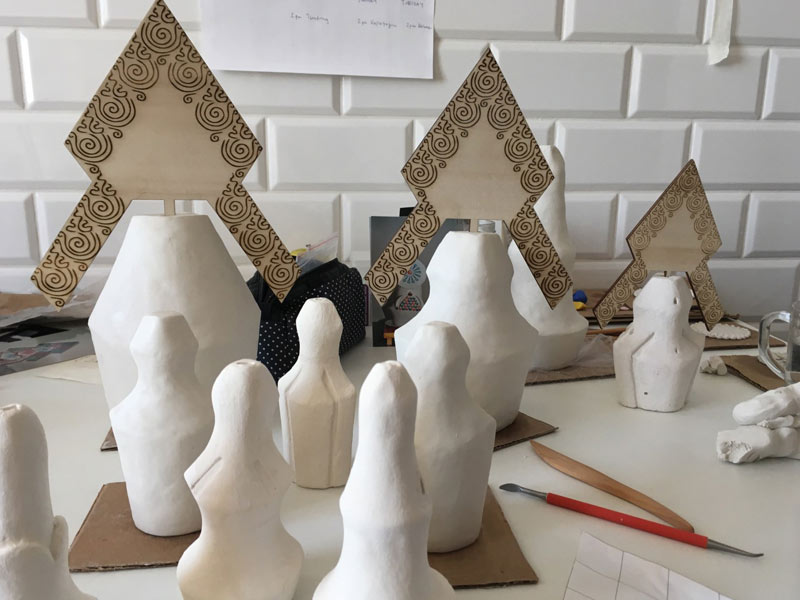
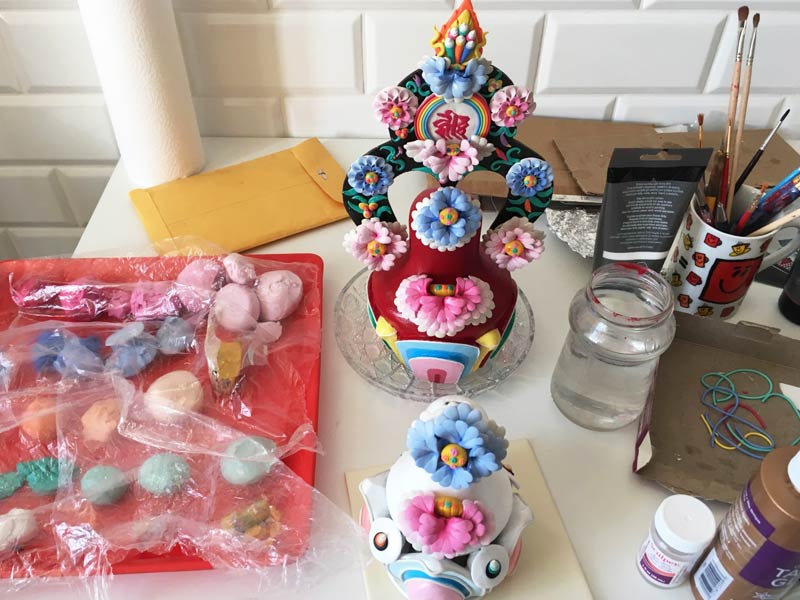
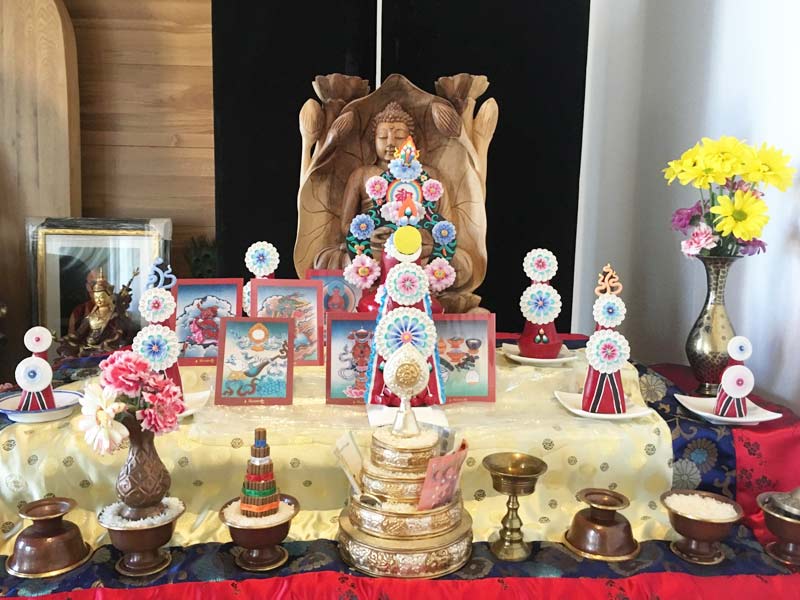
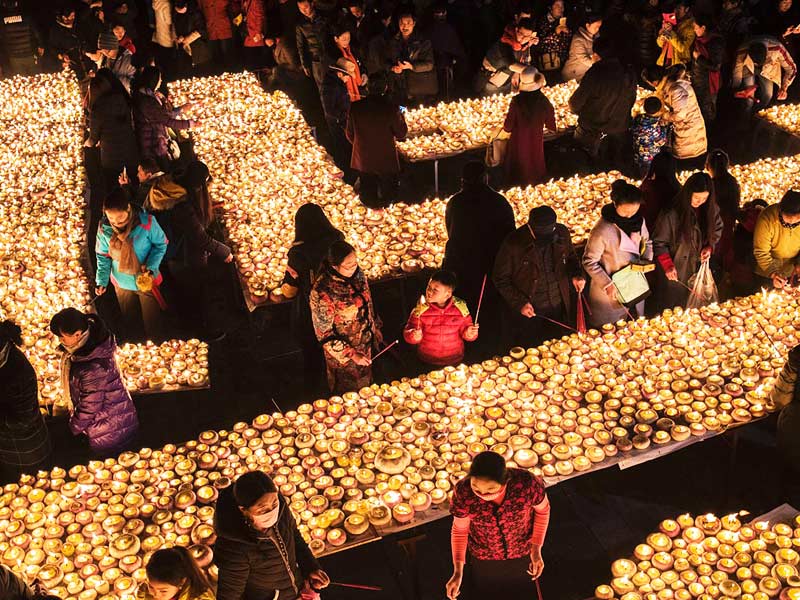
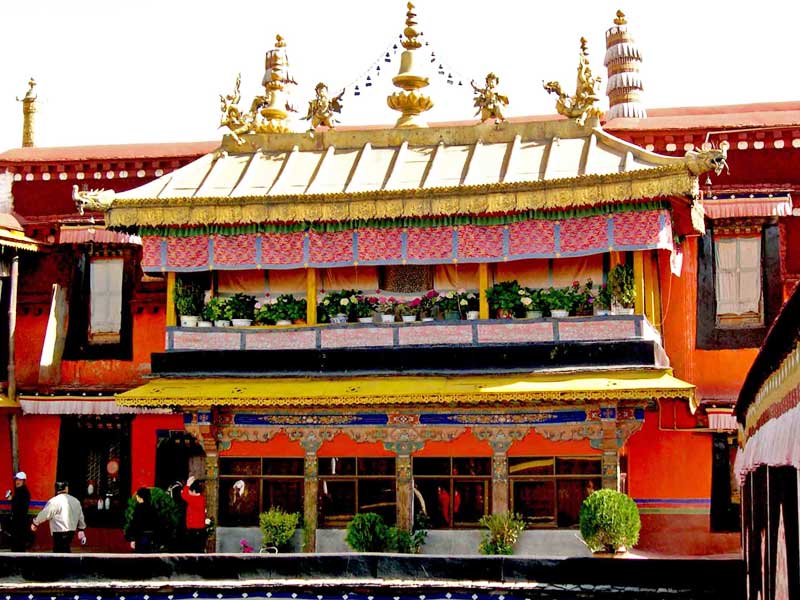

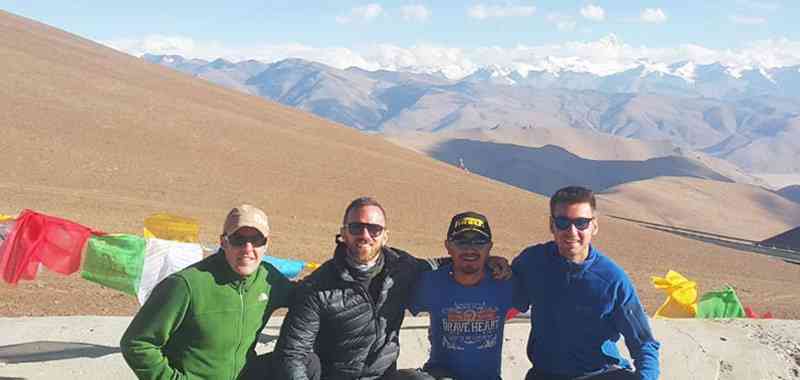

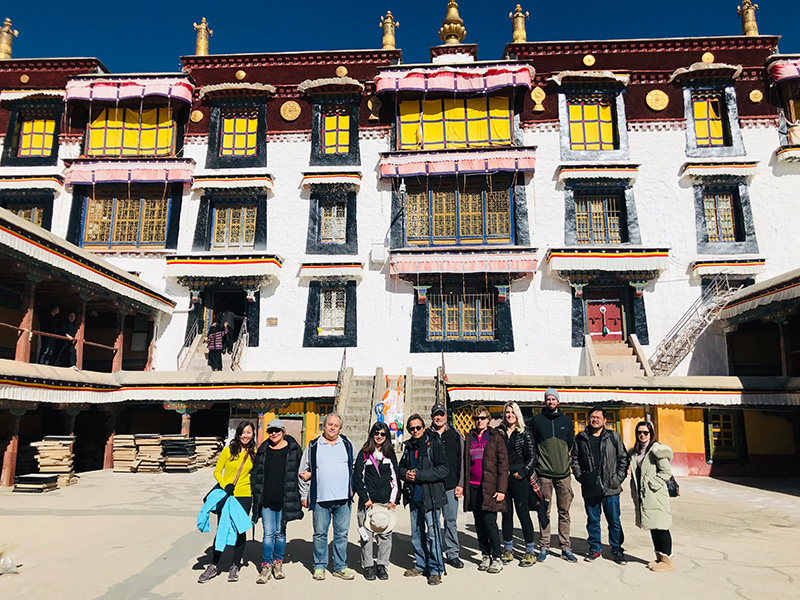






0 Comment ON "Tibetan Butter Sculpture – An Ancient form of Tibetan Art"